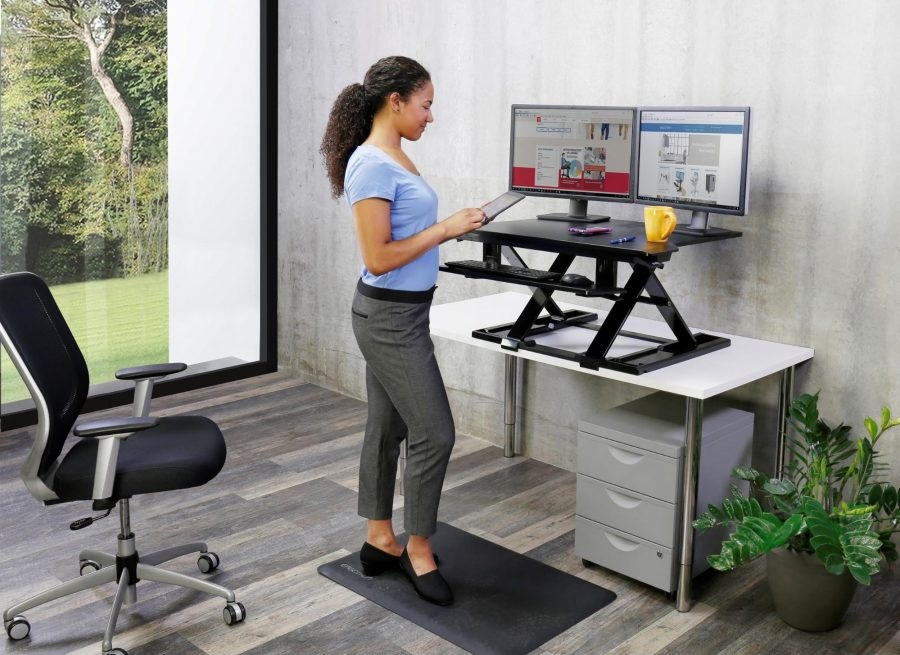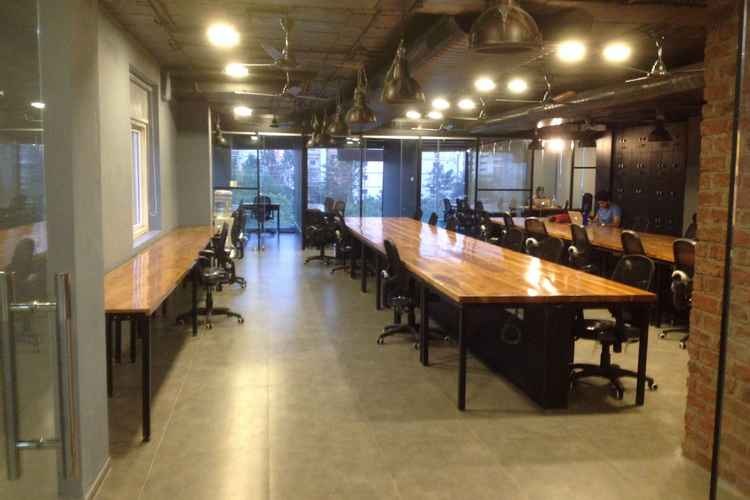
The Rise of Co-Working Spaces: Collaborative Environments and Shared Resources
In recent years, there has been a significant rise in the popularity of co-working spaces. These shared workspaces offer a unique environment that fosters collaboration, innovation, and productivity. With the traditional office setup becoming less appealing to many professionals, co-working spaces have emerged as a solution that provides flexibility, networking opportunities, and access to shared resources.

Collaborative Environments
One of the key benefits of co-working spaces is the opportunity for collaboration. In a traditional office, employees often work in silos, with limited interaction and exchange of ideas. Co-working spaces, on the other hand, bring together individuals from various industries and backgrounds, creating a diverse and vibrant community. This environment encourages collaboration, knowledge-sharing, and the potential for partnerships and collaborations that may not have otherwise occurred.
In addition to the physical space, co-working spaces often organize events, workshops, and networking sessions to facilitate interaction among members. These activities further enhance the collaborative environment by providing opportunities for professionals to connect, learn from each other, and explore potential synergies.
Shared Resources
Another advantage of co-working spaces is the access to shared resources. Traditional offices require significant investments in equipment, infrastructure, and amenities. Co-working spaces, on the other hand, provide members with ready-to-use facilities such as desks, chairs, meeting rooms, and high-speed internet connections.
Furthermore, co-working spaces often offer additional resources such as printers, scanners, audio-visual equipment, and even office supplies. These shared resources not only save costs for individual professionals but also eliminate the hassle of maintenance, repairs, and upgrades, allowing members to focus on their work without distractions.
Moreover, co-working spaces often provide amenities such as coffee bars, lounge areas, and communal kitchens, creating a comfortable and productive environment. These shared spaces also foster a sense of community and belonging, making work more enjoyable and reducing feelings of isolation that freelancers or remote workers may experience.
The Future of Work
The rise of co-working spaces reflects the changing nature of work in the digital age. Traditional office setups are no longer the only option, as the workforce becomes increasingly mobile, flexible, and diverse. Co-working spaces provide a solution that caters to the needs of modern professionals, allowing them to work in a collaborative environment while accessing shared resources.
As the gig economy continues to grow and more professionals embrace remote work, co-working spaces are expected to become even more prevalent. This trend is not limited to freelancers and startups; even larger companies are recognizing the benefits of co-working spaces for their employees. By offering flexibility and a dynamic work environment, co-working spaces contribute to improved productivity, employee satisfaction, and overall business success.
In conclusion, the rise of co-working spaces represents a shift in the way we work. These collaborative environments and shared resources provide professionals with an alternative to traditional offices, fostering collaboration, innovation, and productivity. As the future of work continues to evolve, co-working spaces are likely to play an increasingly important role in supporting the needs of modern professionals.




